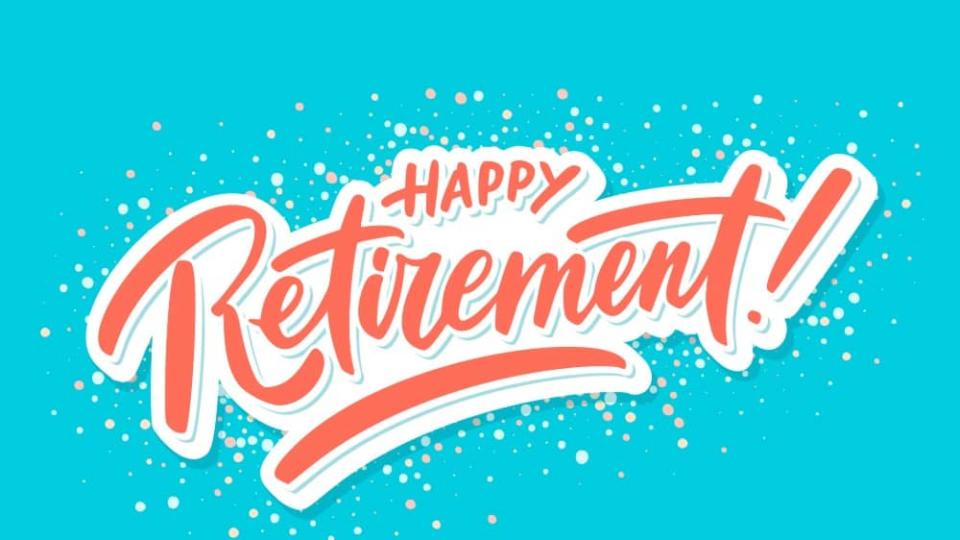Can You Comfortably Retire on $750,000?

If you listen to the pundits, they all seem to say the same thing. You’ll need at least $1 million in the bank to retire comfortably, and perhaps even more.
The secret to a stress-free retirement really depends on how much you want to spend. If you’re looking to maintain a six-figure lifestyle, then you’d better have the savings to back it up.
Most folks, however, prefer something a lot simpler. They want to stay close to family, travel a little, and maybe hit the links more often. Do you really need seven figures in assets to accomplish this?
I’d argue no. In fact, investors should be reminded retirement analysts are heavily influenced by asset management companies that have huge incentives to get you to over-save for retirement. After all, they get paid a percentage of your assets.
Let’s take a closer look and see whether someone with just $750,000 in savings can look forward to a comfortable retirement.
The 4% rule
The 4% rule is a simple retirement withdrawal strategy that goes a little something like this. As long as you retire at the conventional retirement age, you should be able to withdraw 4% of your portfolio each year and not have to worry about running out of money.
The rule also assumes you increase your spending each year by the rate of inflation.
If you used the 4% rule with a portfolio of $750,000, that would spin off $30,000 in income. That alone might not be enough for a comfortable retirement, but it would be a good start.
The simplest way for a retiree to ensure a 4% withdrawal rate is to put their capital to work in a diverse portfolio of stocks that yield 4%. They would then spend the dividends each year while keeping the capital intact.
One great Canadian stock that currently yields a little over 4% is Telus Corporation (TSX:T)(NYSE:TU).
Although the days of high growth from the telecom industry are largely behind us, I still think it’s highly probable an investment in Telus returns of over 10% annually going forward.
The company should be able to accomplish this by hiking prices by 3-5% each year for existing wireless and wireline customers, further expanding into other related industries, and increasing profit margins by cutting costs.
Unlike its peers, who are expanding further into the media business, Telus takes a different approach to growth. It has made acquisitions to enter the home security space, the health care sector, and recently bought a German company that specializes in customer management. I like these businesses over the long term, especially compared to cable TV channels.
Telus shareholders should be able to count on 5-7% dividend hikes annually going forward, a really nice inflation hedge for a retiree, especially one who doesn’t quite have a seven-figure net worth.
Remember CPP and OAS
You might be sweating right now thinking of retiring on just $30,000 per year, but it gets better. You’re likely eligible for both Canada Pension Plan (CPP) and Old Age Security (OAS).
Assuming that both you and your spouse worked consistently over the years and maxed out CPP contributions, you’re looking at a total family income of some $35,000 from CPP and OAS benefits for your family. OAS benefits alone max out at close to $15,000 per year for a couple.
Add that to the $30,000 in dividend income — which won’t be taxed much, if at all — and we’ve got the basis of a pretty comfortable retirement.
The bottom line
If you’re sitting on a $750,000 net worth approaching retirement, don’t sweat it.
Between dividend income, CPP and OAS benefits, and other savvy potential moves — like getting a part-time job or downsizing from your home into a condo — you’ll likely end up just fine. Don’t listen to the naysayers who want to scare you and get ready to enjoy your golden years.
More reading
Canada Revenue Agency: Here's How You Can Pay ZERO Taxes in Retirement
Prep Your TFSA, Because a Market Crash Could Wipe Out 50% of It
Fool contributor Nelson Smith owns shares of TELUS CORPORATION.
The Motley Fool’s purpose is to help the world invest, better. Click here now for your free subscription to Take Stock, The Motley Fool Canada’s free investing newsletter. Packed with stock ideas and investing advice, it is essential reading for anyone looking to build and grow their wealth in the years ahead. Motley Fool Canada 2019

 Yahoo Finance
Yahoo Finance 